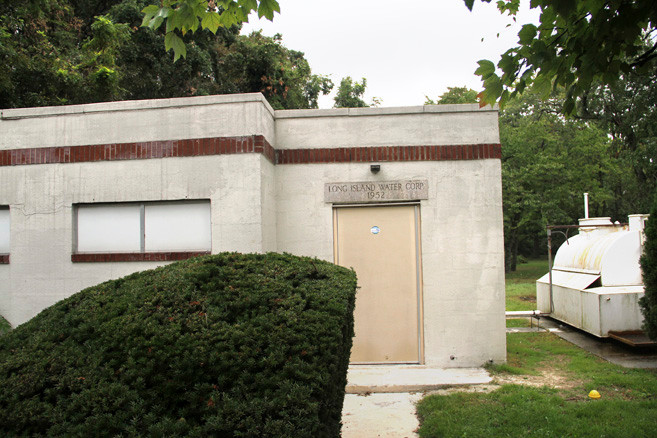Valley Stream opposing water rate increase
Proposed 19.59 percent hike must receive Public Service Commission’s OK
The villages of Valley Stream, Lynbrook and Cedarhurst have joined together to oppose Long Island American Water’s 19.59 percent rate increase proposal filed with the New York State Public Service Commission in April. The hike is expected to generate $9.56 million.
Forming the “Municipal Consortium in Support of Reasonable Water Rates,” the group has hired upstate Public Service Commission utility expert Daniel P. Duthie to intervene on its behalf. Local officials want to obtain information about the rate increase, and recent acquisition of Aqua New York by LIAW parent company, American Water Works Company. Though part of the consortium, Valley Stream is also fighting the increase as a separate entity, said Mayor Ed Fare. “We decided to strike on our own with more action,” he said.
Fare wrote a letter opposing the increase to the Public Service Commission earlier this month. He recognized LIAW for building remediation stations to “increase water quality and alleviate the yellowing effect of lime stains on clothing,” but believes its actions do not warrant this much of a hike, which is “way out of line,’” he said.
“The Public Service Commission cannot let this happen to the residents of Valley Stream and our surrounding areas,” Fare wrote. “The exorbitant potential rate increase is well above any reasonable return on an investment that a utility has a right to promulgate to an already financially stressed public.”
Lendel Jones, an LIAW spokeswoman, said that the company believes a rate increase will help it continue providing quality water to its customers. LIAW wants to recoup $54 million it has invested since 2007 in capital improvements, including replacing pipes, upgrading water treatment facilities, storage tanks, wells and pumping stations, and building plants like an iron-removal treatment facility in the Town of Hempstead.
Jones said the increase is driven by these capital projects to make sure residents get high-quality water. Property and school taxes can also drive up water rates, which are usually the lowest of all utilities, she added. The last LIAW rate increase was in 2007, and funded capital improvements.
Even with the proposed increase, water would still cost less than a penny per gallon, Jones said. The increase would be less than 20 cents per day, or $6 per month for the typical residential customer using 72,000 gallons per year, according to an LIAW press release.
But spending the extra cents does not make sense to village officials and residents, like Linda Dardis. “The utility companies and taxing authorities are making it impossible to afford living here,” she said.
Another resident, Sandra Adelson-Seyfried, said more information should be given to residents about the increase before the Public Service Commission makes a decision. “I am not buying the information from LIAW that the average customer would be paying $6 per month on a 19.5 increase,” she said. “Maybe a reduced percentage would be more palatable to the residents if they could see a real need for it.”
Fare said the village has contacted elected officials and LIAW representatives. He said that if a rate increase must pass, it should be phased in over time. “It will be a major burden on all if it’s just one year,” he said. “If rates go up, it takes a huge chunk out of the village budget.”
The village could face a possible $60,000 increase for LIAW itself. Fare said he does not want to raise taxes, but would have to make cuts in some areas like personnel if a rate increase goes into effect. The increase would be a burden to customers, he said. “All we want to do is protect our residents because it’s an unnecessary task,” he said, “and can have a ripple effect.”
The proposed rate increase is now in preliminary settlement discussions, after the Public Service Commission recommended a total revenue increase of approximately $800,000, in contrast to LIAW’s figure of $9.56 million, according to Duthie. He said the villages should be involved in the settlement negotiations. “The PSC is obliged to look at both the ratepayers and the shareholders,” he said.
Duthie said he believes the consortium of villages can mount an effective opposition to the proposed increase. “The Public Service Commission is very sensitive to municipal concerns,” he said, “because it knows that municipalities not only represent their own utility accounts, but the accounts of their residents and businesses.” He added that the villages should get involved and argue that rates should also be reduced due to savings created by the Aqua New York-American Water Works merger.
The Public Service Commission must grant permission for a rate hike before it can be implemented, but it is premature to expect a decision from the commission right now, Jones said. If a hike is approved, it will go into effect early next year.

 60.0°,
Mostly Cloudy
60.0°,
Mostly Cloudy 




